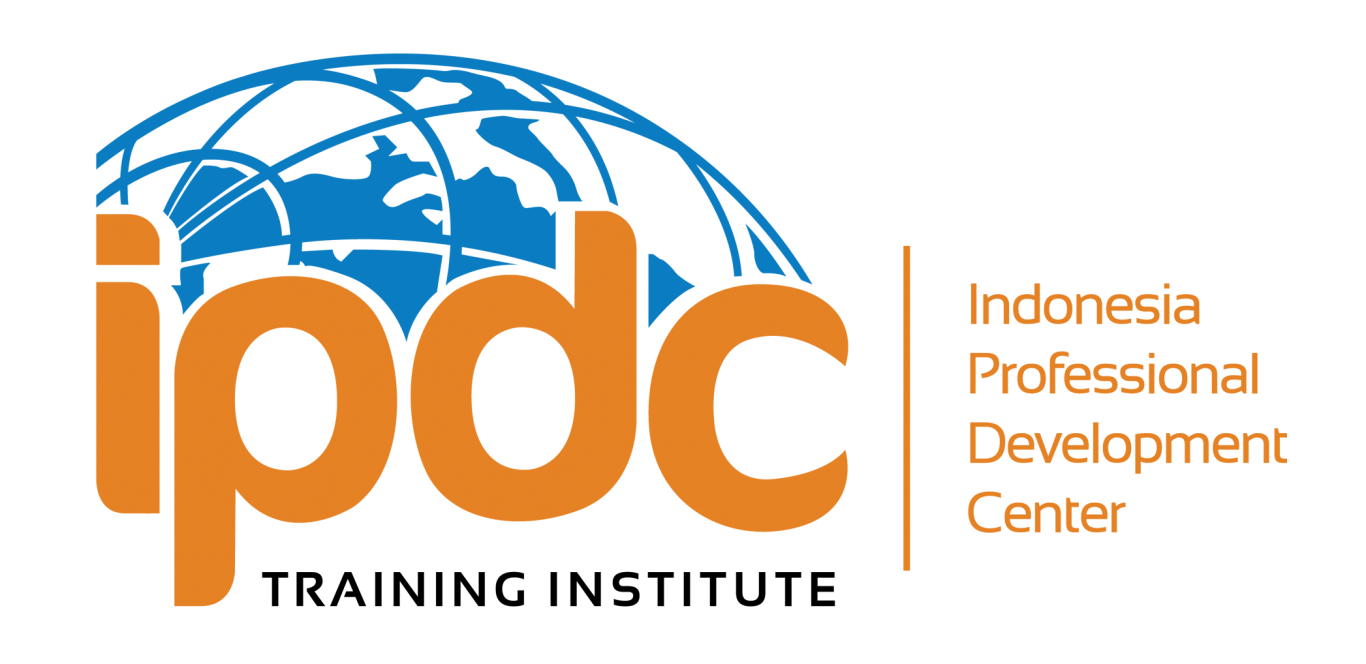
































 Contract Administration: Understanding and Implementing Contractual ObligationMultiple DatesMon, Apr 28
Contract Administration: Understanding and Implementing Contractual ObligationMultiple DatesMon, Apr 28
Our Upcoming Trainings


Wed, May 14
|Indonesia
Position & Workload Analysis
Workload Analysis is a tool to translate business strategies to determine the level of productivity and improve the cost efficiency of an organization or company. Through this course, the participants will learn about calculating the optimum number of HR needs.
Time & Location
May 14, 2025, 7:00 PM – May 15, 2025, 11:00 PM
Indonesia
About The Training
OVERVIEW
Workload Analysis is a tool to translate business strategies to determine the level of productivity and improve the cost efficiency of an organization or company.
The results of the Workload Analysis can be used as support for the company's business development, such as increasing the company's target, and regional, and/or market expansion. Workload Analysis comes with many advantages for the business. Knowing the workload of each position in the work unit can be described as:
Is the distribution of work even or not?
Which part is still a lot of Idle time VS Overload
Through this course, the participants will learn about calculating the optimum number of HR needs, how to calculate excess/shortage of HR, how to make recommendations for improving job descriptions (redesign of job duties) and SOPs, how to recommend improvements to organizational structure (merger/separation of work units), how to practice workload analysis interviews, how to practice…


